In September last year, the largest polar expedition in history set sail from the Norwegian port of Tromsø, bound for the central Arctic where it would anchor in the sea ice and drift for a year.
The MOSAiC expedition (Multidisciplinary Drifting Observatory for the Study of Arctic Climate) is led by the German icebreaker research vessel Polarstern, supported by four other icebreakers from Russia, China and Sweden. It involves a rotating team of 600 experts from 17 different countries.
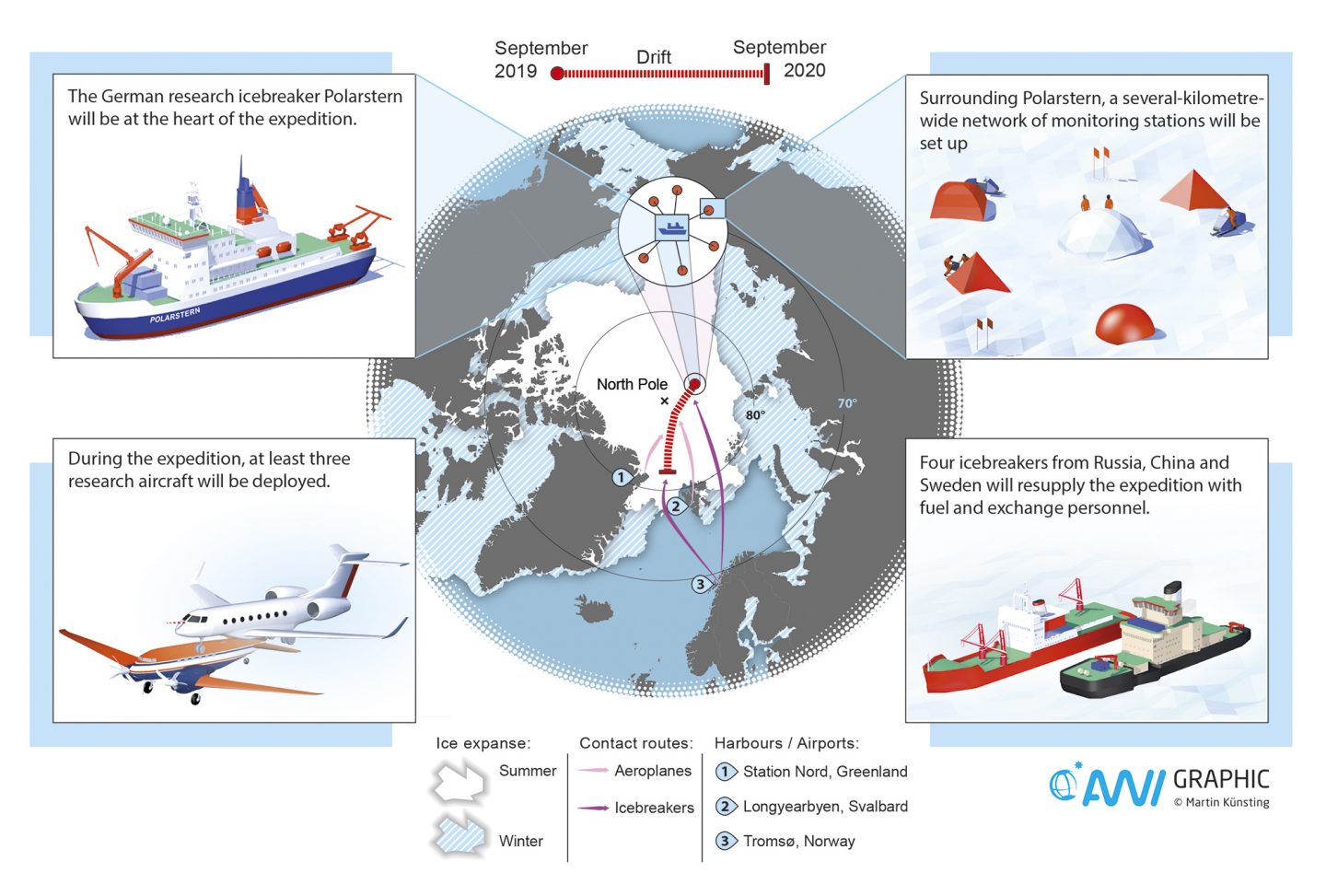
At the launch of the expedition, MOSAiC’s chief scientist Markus Rex, from the Alfred Wegener Institute, said that the Arctic is the epicentre of global climate warming and has already undergone dramatic changes. “For the first time we will be able to measure the climate processes in the Central Arctic in winter. And so for the first time, we will be able to understand this region and correctly represent it in climate models,” Rex said.
Scientific research indicates that the Arctic has warmed at twice the speed of the rest of the globe, resulting in rapid loss of sea ice. The year-long expedition to gather data is crucial for the study of Arctic climate change and its role at the global scale, including impacts on the weather and climate of the high or mid latitudes.
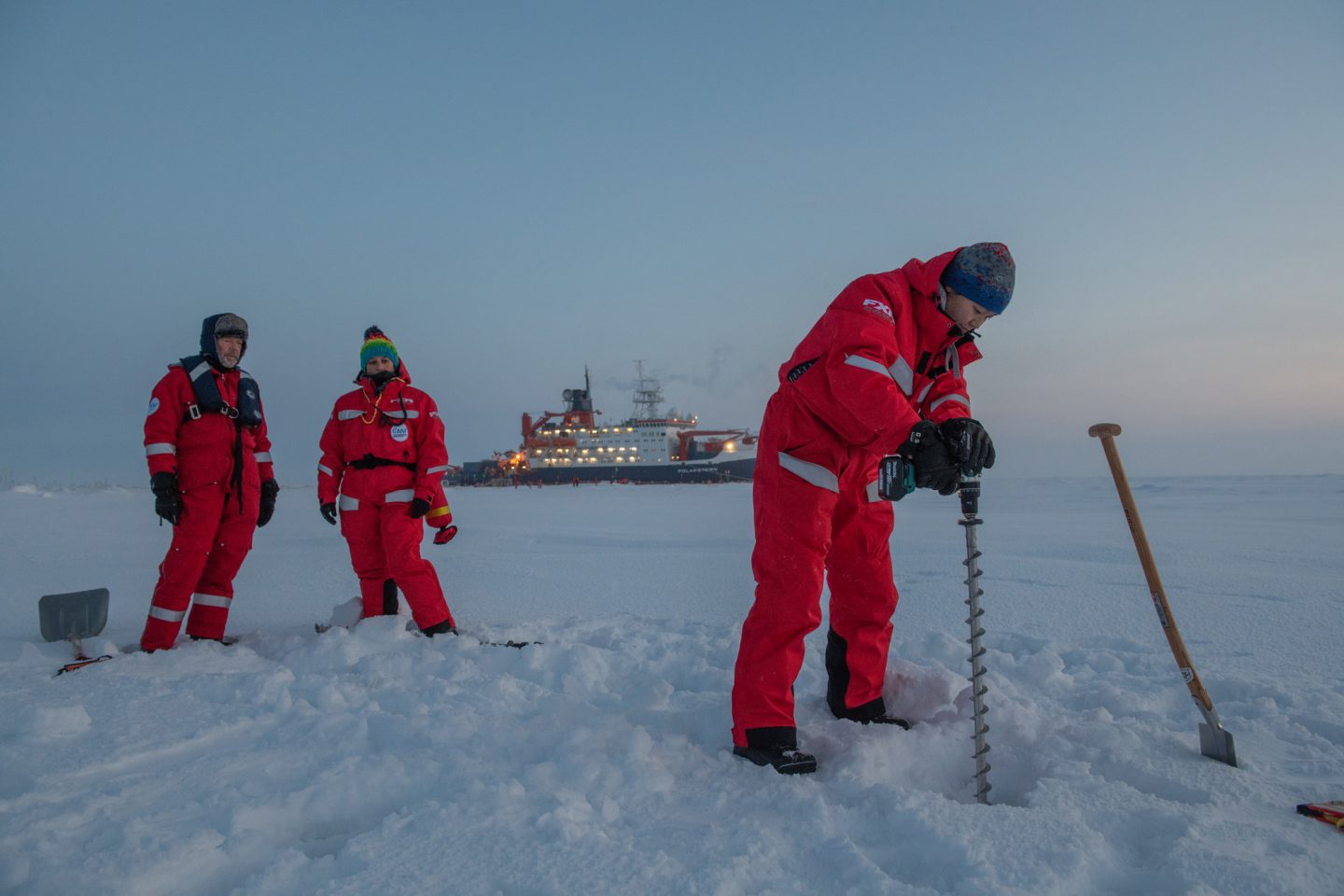
Eighteen Chinese scientists are scheduled to participate in different legs of the MOSAiC. Among them are 12 researchers who participated in the first leg of the expedition, from organisations including the Polar Research Institute of China; the two institutes of oceanography of the Ministry of Natural Resources; the Ocean University of China; Zhejiang University; Beijing Normal University; and Taiyuan University of Technology.
During the first leg – from late September to mid December 2019 – the Polarstern, anchored to an ice floe on which much of the research is being conducted, drifted 200 kilometers toward the North Pole from its starting point.
Lei Ruibo, a sea ice physicist from the Polar Research Institute of China said they had witnessed the aurora borealis – better known as the northern lights – encountered potential threats from polar bears and dealt with harsh weather, equipment failure, lack of fresh food and homesickness. Some scientists, including Lei, suffered from severe frostbite.
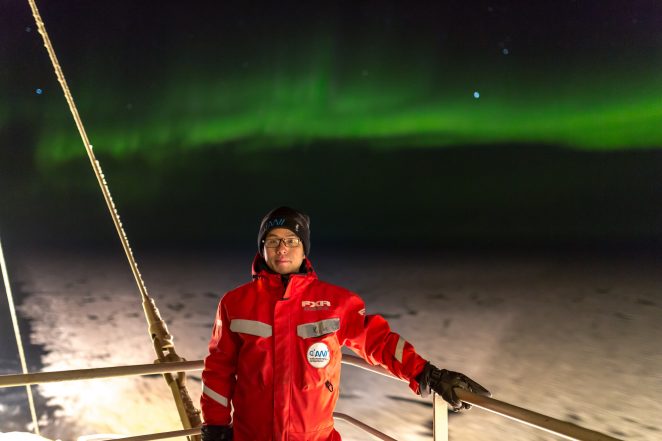
Of course, there is also fun to be had on the long and tedious journey. Written on the door outside a temporary bear guard post on the aft deck of the Polarstern, were the words: “You are now entering the MOSAiC circus. Have fun and enjoy the show”. According to Lei, the joke captured the scene of expedition members on the ice conducting their various tasks in clusters. “Some are sampling ice cores, some are measuring the snow pit, some are distributing equipment, some are launching the weather balloon, some are driving snowmobiles, some are cleaning the ice cave, very much like the diversified programmes arranged in a circus show,” wrote Lei in his journal.
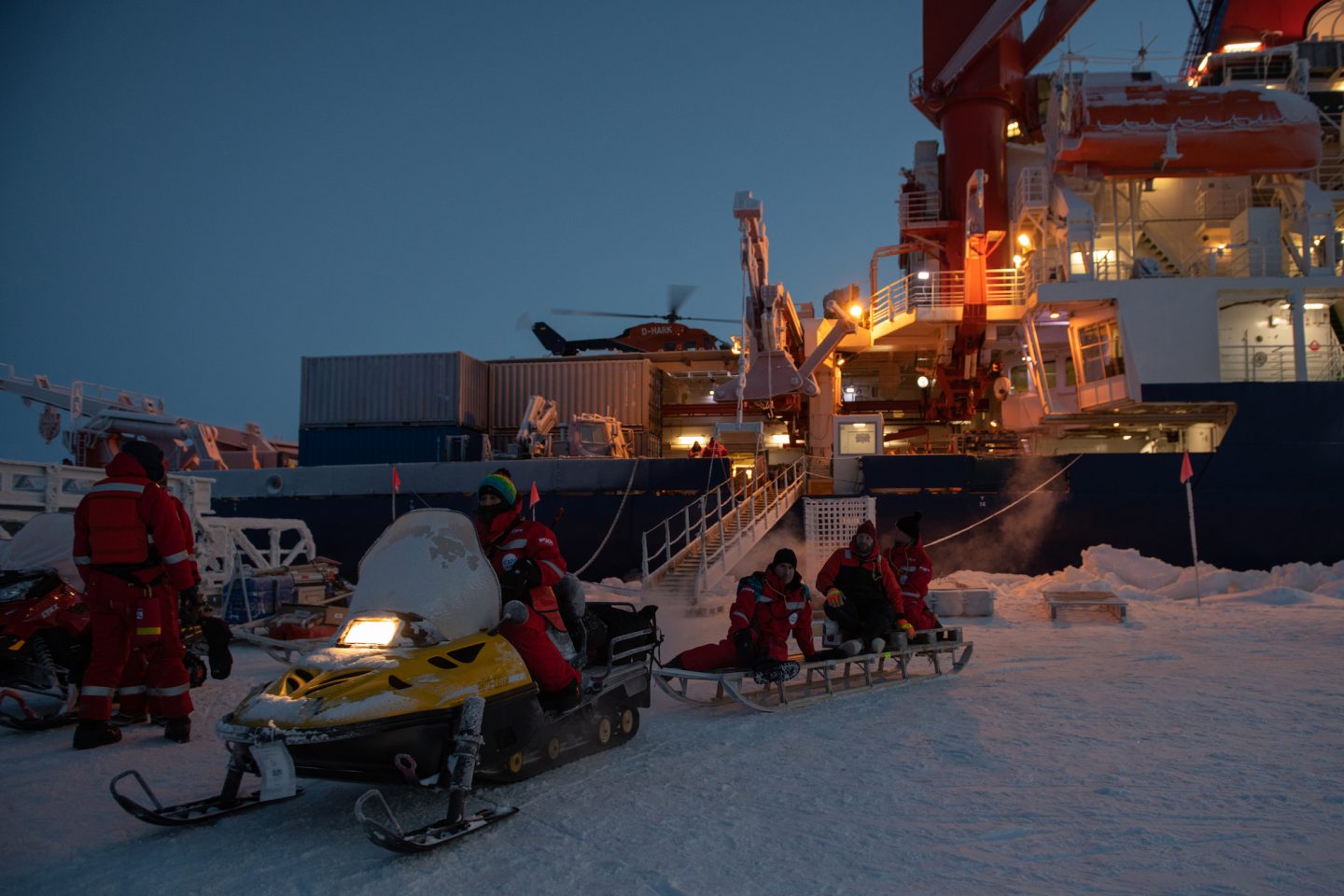
After his return in late January, I interviewed Lei by telephone about the current progress of the expedition. He had participated in many expeditions in the Arctic and Antarctica in the past decade. This time, he was appointed coordinator for the Chinese team in the MOSAiC.
What is the goal of the project and the significance of the main research compared with previous Arctic expeditions?
Lei Ruibo: The goal of MOSAiC is to gain urgently needed in-situ data on the interactions among the atmosphere, ocean and sea ice, as well as on the ecosystem, so as to better understand changes in Arctic climate and its role at the global scale.
The MOSAiC expedition is not the first to attempt an ice drift. In the late 1800s, the Norwegian explorer Fridtjof Nansen froze his ship into the Arctic ice in an attempt to reach the North Pole. Soviet and Russian scientists have also established research bases on drifting ice floes since the late 1930s. But operations to establish drifting research stations were stopped in 2013 due to the heightened danger from unstable thin ice in recent winters.
Although international cooperation on Arctic research has been going on for a long time, and data sharing is commonly practised among international scientists in this field, there’s never been an expedition at such a scale with this level of logistical support before. Financial investment for this voyage from participating countries is unprecedented. The logistics budget for the expedition is roughly 140 million euros. Also, despite there having been a few similar year-long ice drifting expeditions to study the Arctic – most recently in the late 1990s – sea ice conditions have changed significantly in the past two decades. Data collected earlier can no longer fill in the gap of knowledge for present understanding of the sea ice, and we are unable to describe the physical changes in the sea ice that have occurred along with the process of climate change in recent decades.
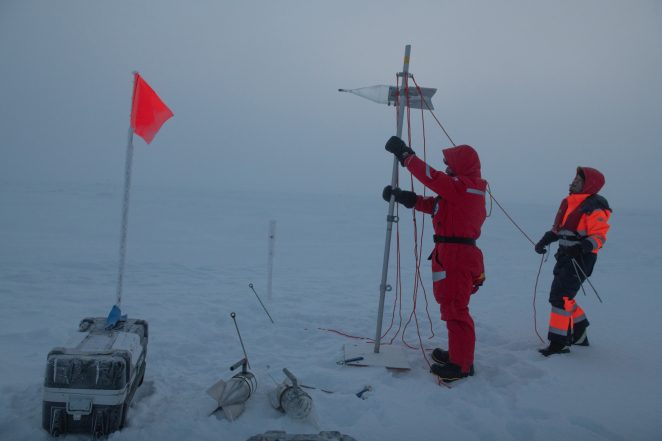
The main objective is to gather data on five disciplines including the atmosphere, sea ice, ocean, ecosystems and biogeochemistry to enhance understanding of the interactions of various components of the climate system. In addition, with the most advanced monitoring technology and equipment, as well as professional experts on Arctic science from across the world having joined the expedition, it provides the most comprehensive opportunity to better learn about the Arctic in human history.
What’s the focus of your work this time and can you share with us how it interacts with other disciplines?
My focus is on sea ice physics, or the processes of ice cover evolution, in the polar regions, and the development of technology and equipment for sea ice observatories. Based on the studies on the changes in sea ice and the interactions in the Arctic between the atmosphere, sea ice and ocean, we want to reveal the impact and feedback of sea ice on climate change. A warming climate can affect the formation and seasonality of sea ice, while changes in sea ice can further affect marine ecology. Studying sea ice physics also helps the study of the circulation of greenhouse gasses, including CO2 and methane, in the atmosphere, snow, sea ice and ocean.
As an example, by deploying buoys on the sea ice we can study the annual cycles of sea ice thermodynamics, kinematics, and dynamical deformation, as well as their responses to atmospheric forcing such as heavy storms.
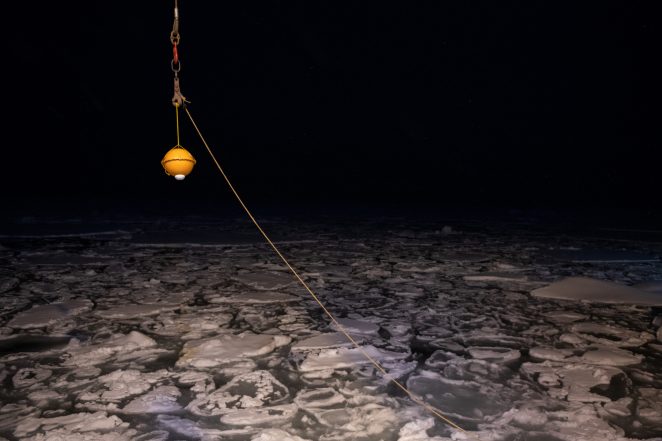
Despite the scientists coming from a variety of different academic backgrounds, the special areas they are investigating are closely linked. For example, physicists focus on the physical structure of an ice core sample to depict the impact of climate change on the formation of the ice, while biologists focus on the microorganisms contained within it and study the impact on such organisms under climate warming. Scientists focusing on geochemical circulation will study the existence of greenhouse gases contained within the ice to explain the gas exchanges between atmosphere and ocean through the snow and ice. All these achievements, once combined, can thoroughly explain the interactions that are influencing the climate system and life in the Central Arctic.
What are the challenges involved in this type of field work?
The whole process was not easy right from the start. It really took us a long time to find ice thick enough for our main ice camp since the region is dominated by thin first-year sea ice of less than one metre. The two primary dangers are encountering polar bears and storms. Due to the polar night, without sunlight, it is challenging for even the professional polar bear guards to spot them using the lights from the ship when there is only limited vision. Since late September, we saw polar bears a few times, including sightings of lone bears and of mother bears with one or two cubs, but fortunately, they were not very close and nothing dramatic happened. When researchers go on to the ice floe to work, one polar guard accompanies them. If a bear is spotted, the team must immediately return to the ship. If escape is impossible and the bear is within 30 meters, a flare gun will be used to scare off the bear.
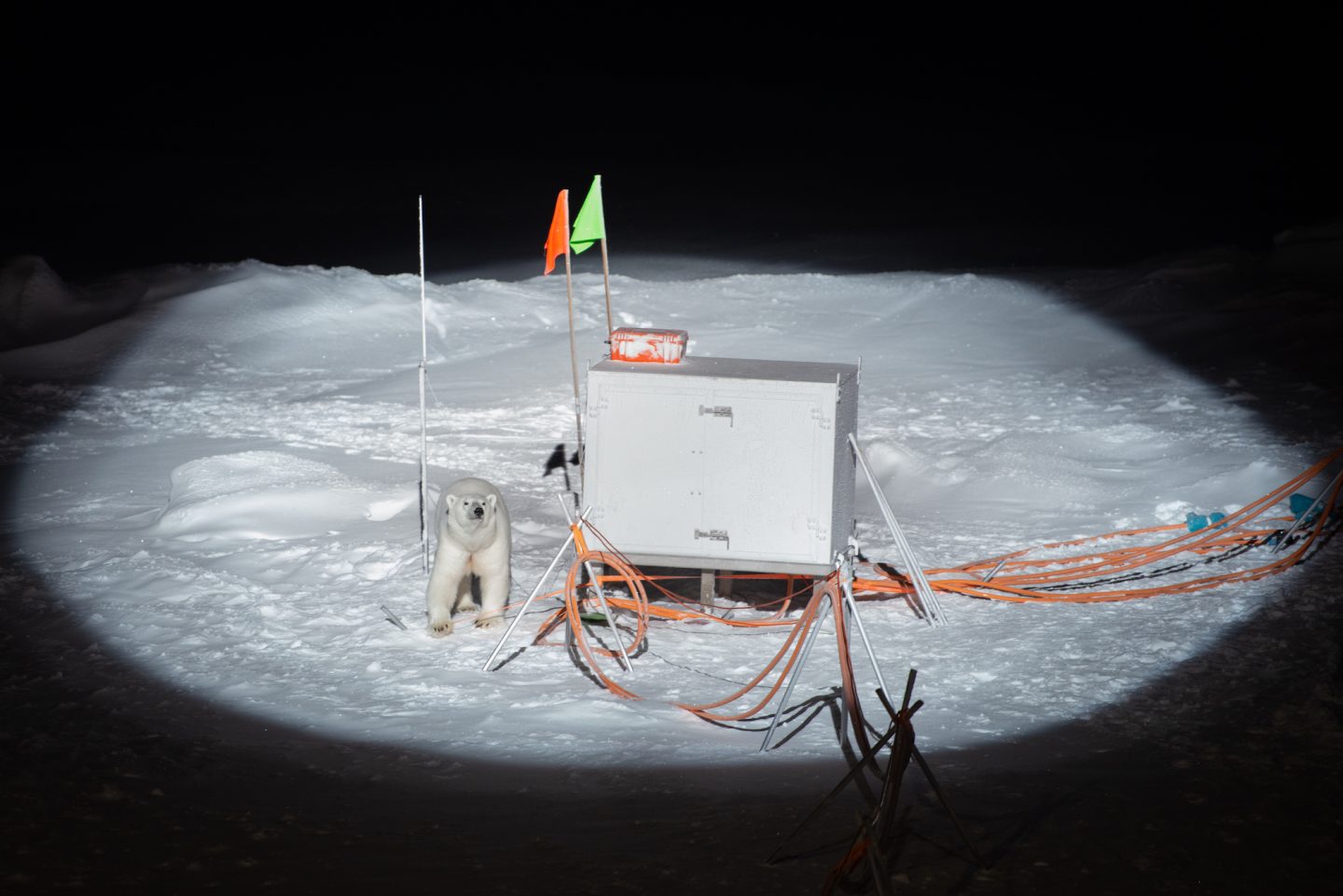
Another challenge for our work, more than bear visits, is the powerful winter storms. We had projected that sea ice would be more stable in winter, but in reality it was not. Normally, scientists can work if the wind speed is lower than 17 metres per second. Apart from delaying work, when a storm sweeps over the ice, it can tear new fractures or cracks across the ice floe, destroy ice-based instruments, and the resulting rescue and repair work means extra days of work. For example, a huge storm in mid November felled a 30-metre-high meteorological mast in the Central Observatory of our main ice station.
How do the scientists cope with such hostile working conditions?
Considering the heavy investment of participating countries, it is of paramount importance for scientists to maintain the safety of our monitoring instruments. Of course, we also need to cope with other normal challenges like no sunlight, extreme low temperatures and a long time away from our families. Following the German organiser’s instructions, we underwent rigorous training programmes before the expedition, including on how to fight a fire, abandon ship, escape the frigid water should you fall in, and cope with polar bear attacks.

We were told to try not to run from polar bears, or at least not to run in a straight line. That’s because if polar bears, due to their heavy weight, run and try to turn at the same time, they can easily fall over, thus buying time for your escape. As well as this special training, eight professional polar bear guards were employed to ensure our safety. Most of them are professional explorers or hunters from Arctic countries who can deal with polar bear attacks. But for most of the scientific activities carried out on the ice floe, we still need to rely on our own awareness and safety measures.
What are the new findings so far, and what’s the plan to share the data?
Despite the extremely challenging conditions, we have tried to maintain a steady flow of scientific data in all the disciplines. However, it is not yet quantifiable since there are still five more legs to go. There is one common understanding during the winter expedition so far among scientists. Contrary to our previous belief in the relatively weak dynamics of Arctic sea ice during winter, it is in fact highly dynamic and unstable, especially during raging storms. That’s because the ice is unusually thin, most of it less than one metre. This also posed extreme difficulties in choosing a proper ice floe thick enough for the construction of the ice stations.
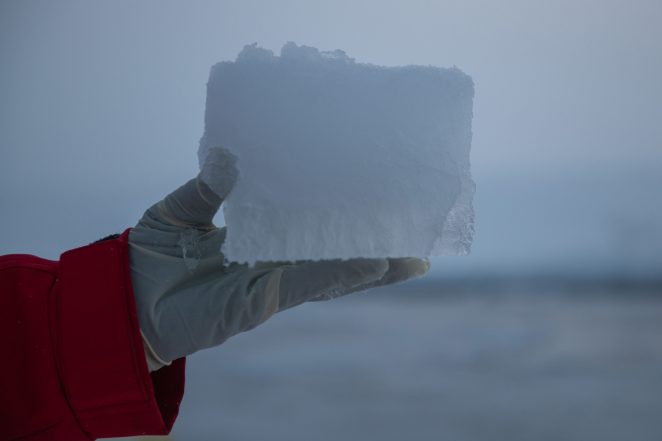
Previous research found that the frequency of extreme high temperatures is increasing in the Arctic in winter, which has even resulted in some sleet weather when the air temperature increases to near 0C. In the first leg of the expedition that I took part in, the temperature was overall normal, with a high of -4C and a low of -34C.
We have a data-sharing platform and the information collected from this expedition will ultimately be a common legacy for all human society. For the first step, researchers participating and contributing to this expedition can get real-time data through the shared platform. All the data will be open to the public by 2023 after the quality control. Scientific analysis and climate modelling, once completed, will provide evidences to renew public perception on the overall conditions of planetary climate change.
Can you give us some details about the timeframe and people involved?
There are six legs of the MOSAiC expedition, from late September 2019 until late October 2020. As planned, 18 Chinese researchers from all five subareas – ocean, sea ice, ecosystems, atmosphere, biogeochemistry – will join five of the six legs. By 13 December, after exchanging scientists and crewmembers, the first leg of the project which I participated was successfully fulfilled.
Professor Liu Hailong, a physical oceanographer from Shanghai Jiao Tong University, joined the second leg to continue the work along with the more than 60 scientists from across the world.
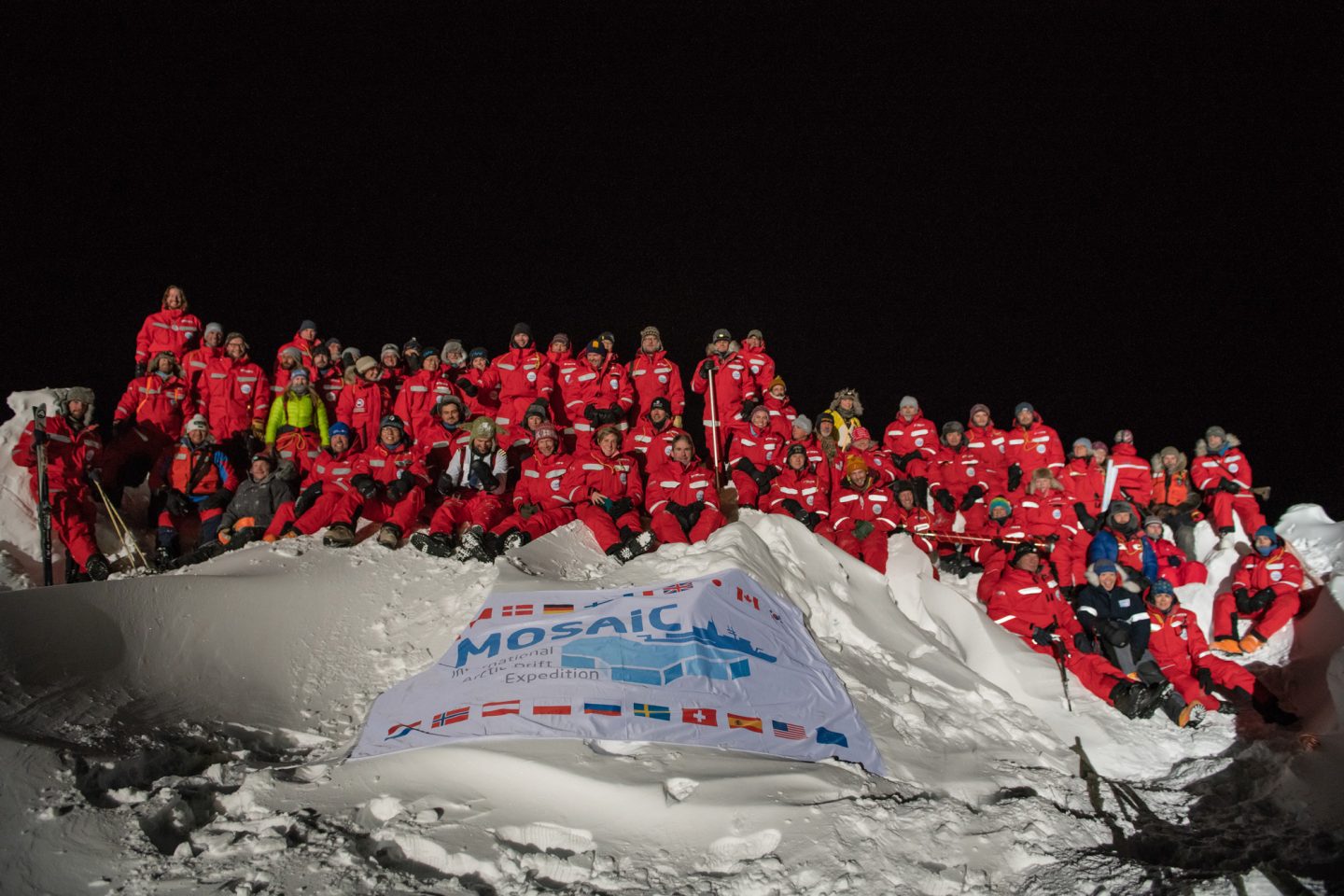
What is China’s role in the project and current achievements in Arctic research?
Apart from Germany, the US is a big contributor to the project, due to their existing expertise in Arctic studies. China, Sweden and Russia also play important contributing roles. The expedition is being carried out mainly by German ice breaker the Polarstern. Four additional ice breakers from Sweden, China and Russia are scheduled to help transfer people and supplies to and from the MOSAiC ice camp throughout the year. China’s new polar research vessel the Xuelong 2 will carry scientists and supplies between the fifth and sixth legs in August 2020.
The whole MOSAiC drift programme is composed of one Central Observatory, three L (Large) sites, eight M (Medium) sites, and some 50 P (Position note) sites, a total number of more than 60 observatories in a 40-kilometer radius around the Polarstern. During the first leg, China contributed instruments for the construction of the distributed observatories network by deploying one unmanned ice station, 5 oceanic profilers, 16 sea ice mass balance buoy and 20 ice drifters. Most of the buoys were designed and built in China.
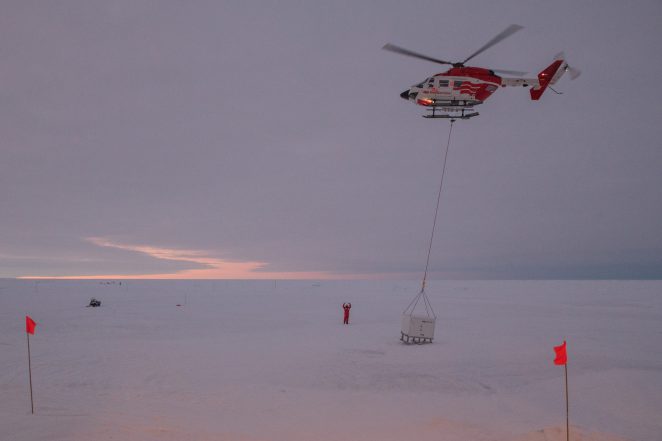
Through international cooperation, we will collect data from all the observatories, which will definitely promote dynamic and thermodynamic studies on Arctic sea ice and improve the weather and sea ice forecasting in the Arctic region.
China’s first national Arctic expedition was implemented in 1999 and there have been 10 up to now, but none in winter. Prior to 1999, some Chinese scientists had taken part in Arctic expeditions organised by other countries. China did not have an expedition icebreaker vessel until 1993 when it bought the Xuelong from Ukraine and upgraded it into a polar research vessel. Before 2008, China had only conducted Arctic expeditions in 1999 and 2003. Since 2008, also the fourth International Polar Year, we’ve done biennial expeditions in the Arctic area, and from 2018, the expeditions became an annual scientific undertaking. In July 2019, China’s first self-built polar icebreaker, Xuelong 2, was launched to boost China’s polar research and expedition capabilities. With additional funding in the future, we expect more expeditions in the autumn and winter seasons.
Any personal achievements so far from the expedition that you can share?
My research which focuses on monitoring the changes in the sea ice can be obtained mainly through data collected from the deployed buoys during the first leg of the expedition that I joined. More buoys have been deployed than my previous expeditions to the Arctic because of the strong logistics support capability of MOSAiC and so far the survival rate of these buoys is relatively high. More importantly, the buoy distributed network can be maintained throughout the whole year, and more buoys can be deployed in the coming legs through cooperation with the scientists from other countries, ensuring high quality data can be continuously collected.
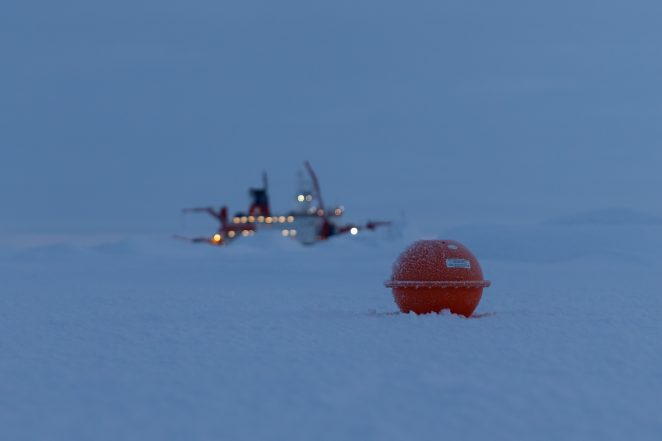
Considering the unprecedented logistical and financial support this project has enjoyed, I can’t really say whether there will be similar large-scale expeditions often, but there will certainly continue to be joint studies on climate change and the Arctic. The MOSAiC provides an outstanding example for humans studying the Arctic climate together.
Published in collaboration with NewsChina, edited with permission.
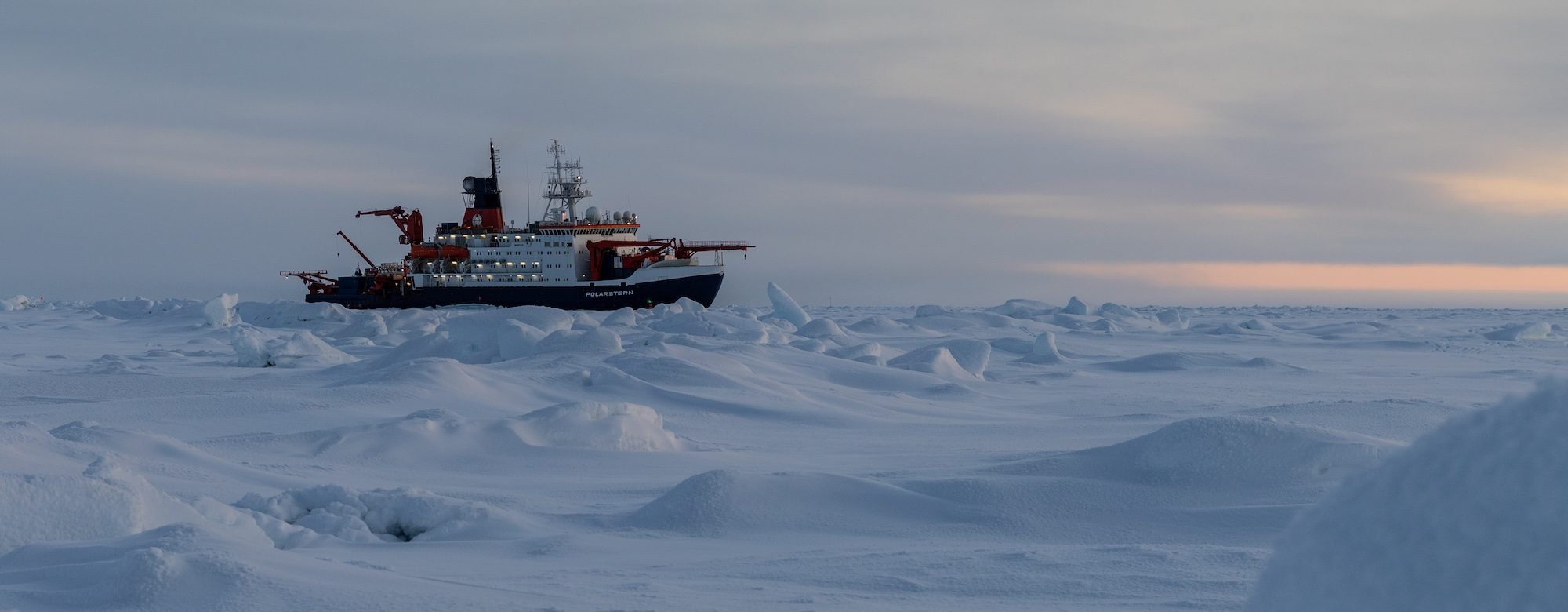
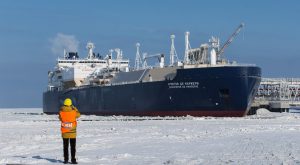
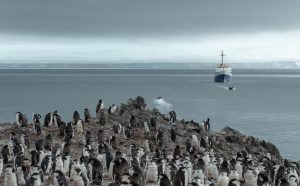
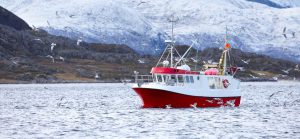


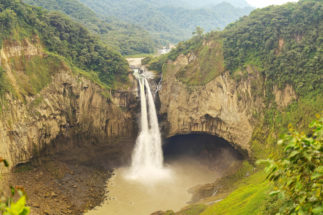

![Labourers build a detention centre in Goalpara, Assam, on February 10, 2020. [image by: David Talukdar / Shutterstock.com]](https://dialogue.earth/content/uploads/2020/03/Assam-Goalpara-300x202.jpg)